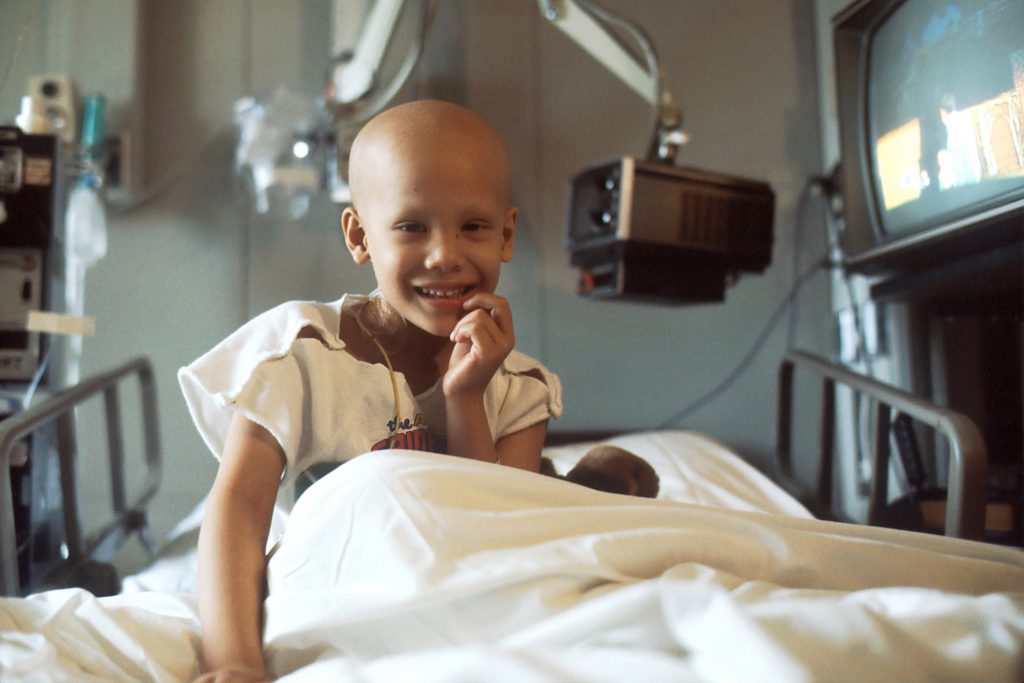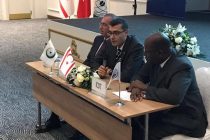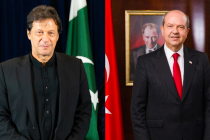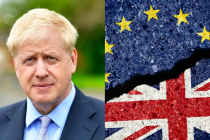Did you know that every three minutes of every day, a child is diagnosed with cancer? Sadly, more than 80% of these children are not cured because of poverty: either the medical facilities they need do not exist or their families cannot afford the treatment.
Turkish children’s cancer charity LÖSEV has been battling against this deadly disease since 2009, focussing particularly on leukaemia, which is the most common type of cancer found in children. LÖSEV’s dedicated cancer hospital LÖSANTE in Ankara has a 92% success rate against leukaemia.
This unique hospital is not only a modern medical facility for effective cancer treatment, but also a space where families can be near their children, and be supported. LÖSEV does not charge the families a penny for the treatment or for their stay in onsite accommodation. Instead they rely entirely on donations to help sustain them.
September is International Childhood Cancer Awareness Month, when the spotlight turns on children and adolescents who are affected by cancer in Turkey, North Cyprus and all around the world.
Every 3 minutes, a family somewhere in the world is faced with the devastating news that their child has been diagnosed with cancer.
Even during the pandemic, cancer continued to be the number one cause of disease-related death for children around the world.
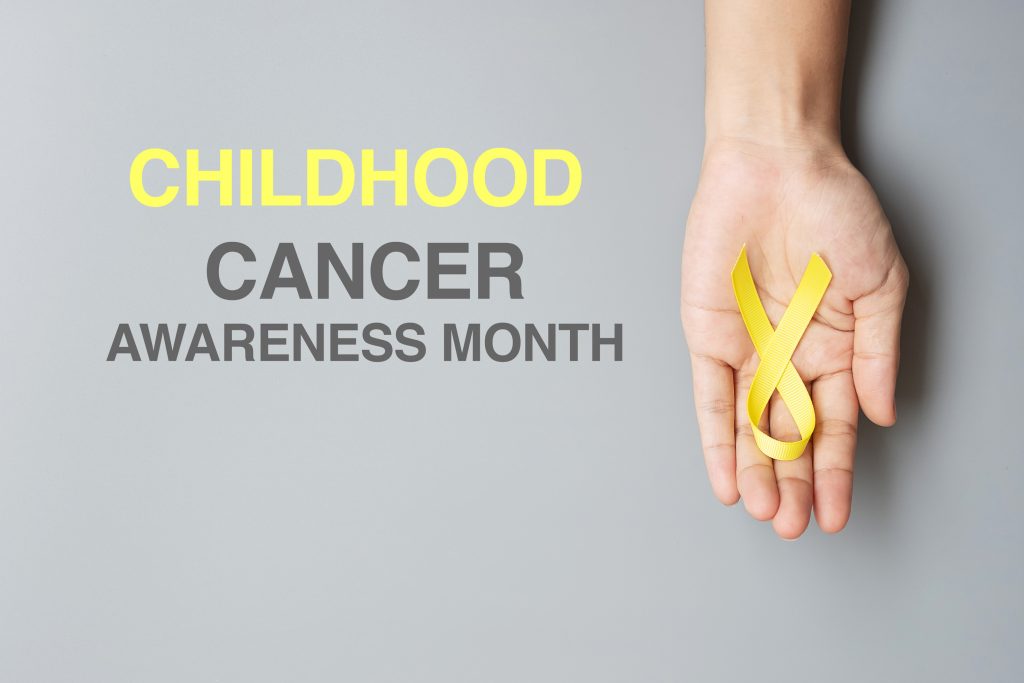
Together with many international advocates and well-established organisations dedicated to the fight against childhood cancer, LÖSEV’s aim is to honour all these brave little individuals by raising awareness that we need your support to help them beat cancer.
The average age of children diagnosed with cancer is 6
Cancer in children is an important public health and societal problem. It’s important everyone is aware of the stark reality of childhood cancer.
Every year, globally over 400,000 children and adolescents aged 0-19 years old are diagnosed with cancer. Of these, some 8,000 children come from Turkey.
While the average age of cancer diagnosis for adults is 66, the average age of diagnosis for children is just six years old.
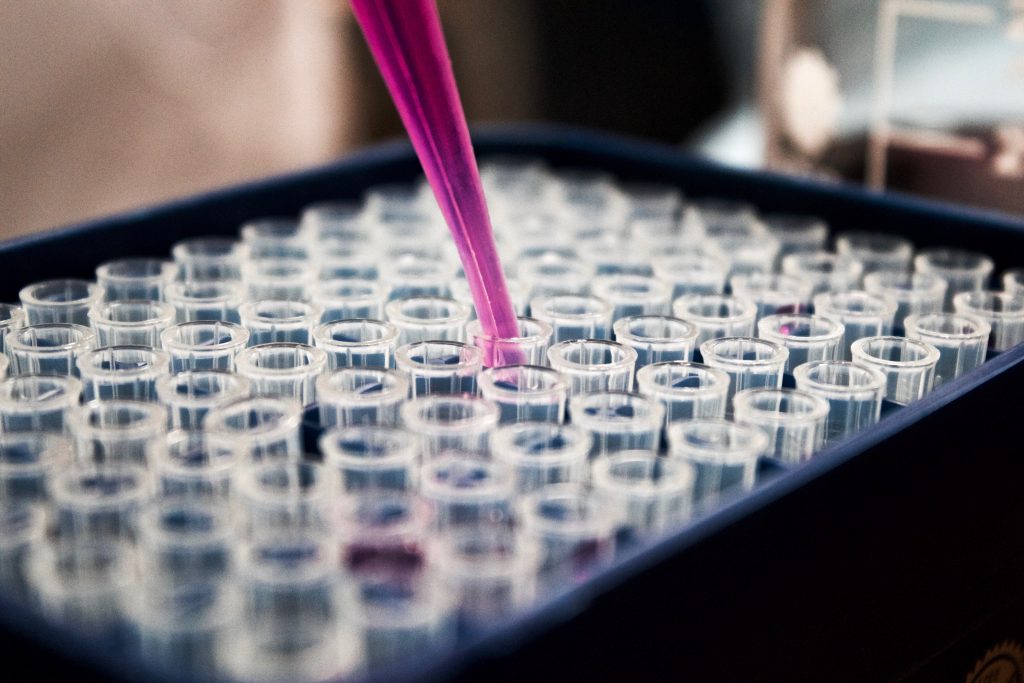
Among childhood cancers leukaemia is the most common type of cancer, accounting for around a third of all childhood cancer diagnosis.
Another striking statistic is that four out of five children with cancer are diagnosed late, many when the disease has metastasized (spread to another part of the body, which is common for Stage IV cancers). Therefore, increasing the awareness of parents can play a life-saving role.
The odds of beating childhood cancer vary hugely
Early diagnosis in childhood cancers affects the success of treatment. Targeted therapies, laboratory studies carried out at the molecular level, and developments in imaging technology are the other factors which impact on how successful the treatment is.
Unfortunately, there are serious inequalities in access to the best care and expertise, despite it being such a vital public health issue.
In high-income countries where comprehensive services are generally available, more than 80% of children with cancer are treated.
In low and middle-income countries, this ratio is estimated to drop to between 15-45%. It is hugely unfair that a child’s fate is determined simply due to a lack of money.
That’s why investing in life-saving research, developing and accelerating access to innovative anti-cancer drugs, reducing inequalities, providing high-quality, accessible and affordable healthcare and much more must be our key priorities worldwide.
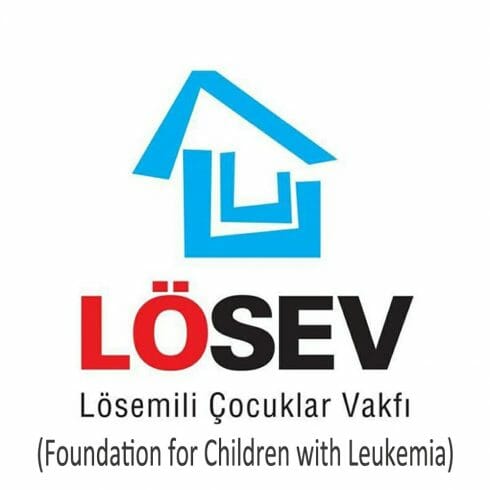 As LÖSEV, we hope this article during Childhood Cancer Awareness Month helps inform more people about the stark realities of childhood cancer, and how, if the right resources are there, we can beat this awful disease.
As LÖSEV, we hope this article during Childhood Cancer Awareness Month helps inform more people about the stark realities of childhood cancer, and how, if the right resources are there, we can beat this awful disease.
We invite everyone to support this awareness campaign, which deeply affects families in every part Turkey and elsewhere. We must prevent cancer diseases in children as much as we can, diagnose them earlier and ensure that all our children living with cancer have access to the quality treatment they need.
This article is by LÖSEV. You can read more about their work here, and you can support them with a donation from this link.
Main image top, of a young girl receiving chemotherapy, Jan 2020. photo © National Cancer Institute / Unsplash


